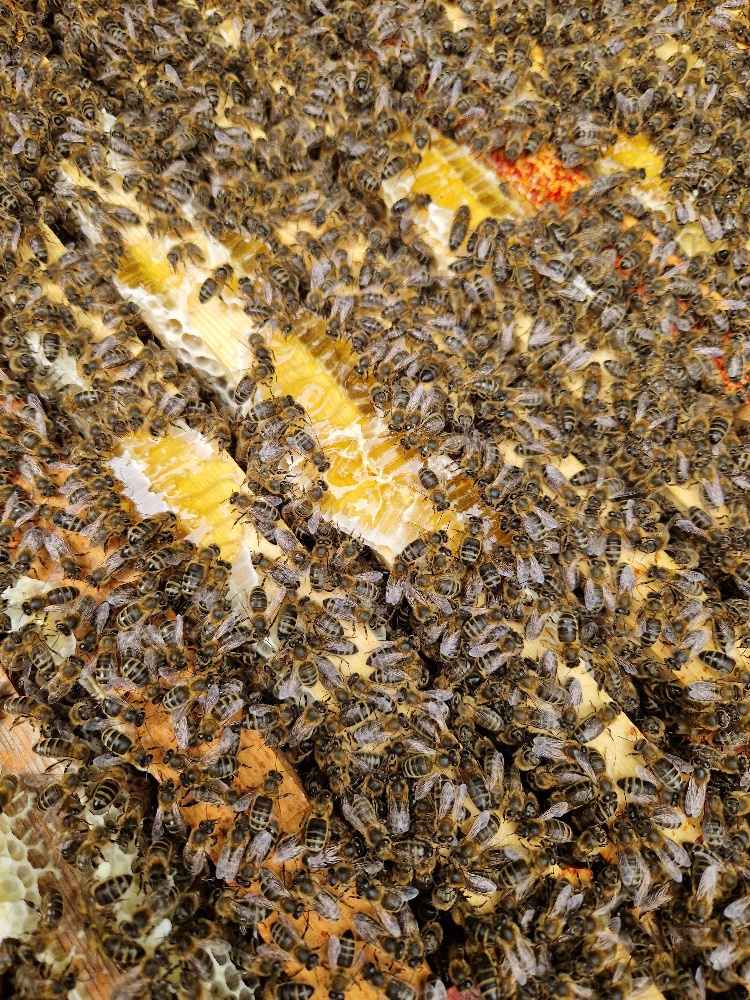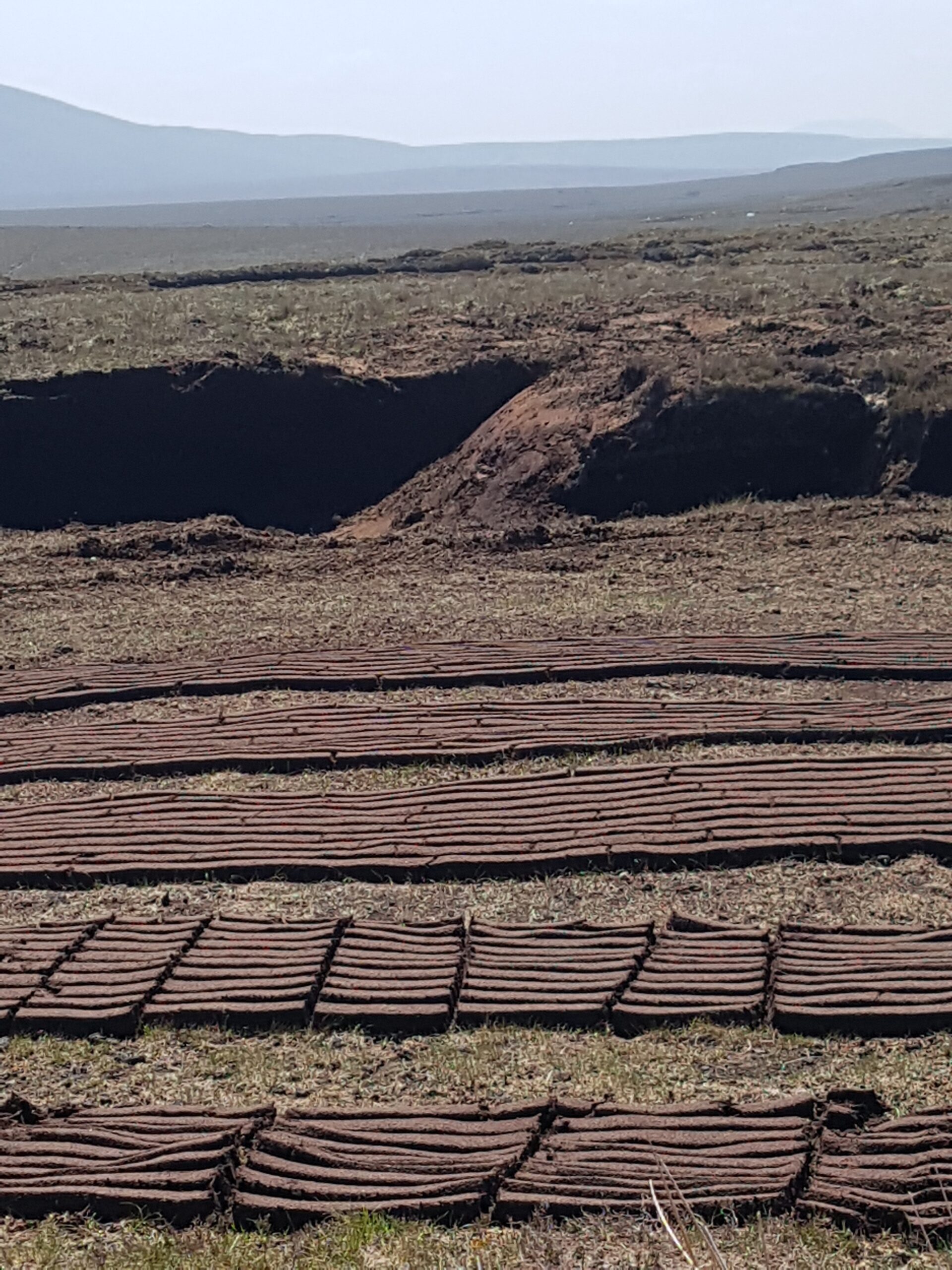Disorganized attachment showed up in two different ways. One group of mothers seemed to be too preoccupied with their own issues to attend to their infants. They were often intrusive and hostile; they alternated between rejecting their infants and acting as if they expected them to respond to their needs. Another group of mothers seemed helpless and fearful. They often came across as sweet and fragile, but they didn’t know how to be the adult in the relationship and seemed to want their children to comfort them. They failed to greet their children after having been away and did not pick them up when the children were distressed. The mothers didn’t seem to be doing these things deliberately — they simply didn’t know how to be attuned to their kids and respond to their cues and thus failed to comfort and reassure them.
Bessel van der Kolk, The Body Keeps the Score
Yet before you can love your neighbour — your brother or sister — as yourself, you must first love yourself. And to first love yourself, you must know that God loves you now and loves you always.
Archbishop Desmond Tutu, God Has a Dream
Without realizing that the past is constantly determining their present actions, they avoid learning anything about their history. They continue to live in their repressed childhood situation, ignoring the fact that it no longer exists, continuing to fear and avoid dangers that, although once real, have not been real for a long time.
Alice Miller, The Drama of the Gifted Child
One recent dawn, I was visited by childhood memories of being woken by my dad as he made his rounds through several bedrooms stirring his multifarious children from their slumbers. `Good morning, dear Jesus, I give you this day, my soul and my body, my work, and my play´, he often recited in his beautiful baritone voice while going from bed to bed. We were ten children in all, so this ritual took some time, culminating in each of us reporting to his or her `workstation´ in the collective effort of getting the new day’s show on the road.
From the earliest years, we each had a designated task, with promotion from one to the next with the accumulation of years and expansion of capabilities. A fire was to be lit in the breakfast room. The youngest were to help those even younger with their morning ablutions and the task of getting dressed. Others, somewhat older, were to polish and shine the many pairs of leather shoes, from huge to tiny, set out on a set of steps in the corridor (two separate jobs), while there were further chores: porridge to be heated up and served and, finally, Mammy’s tray.
This last task consisted of setting the tray, which was then to be conveyed to her room, where she took breakfast in our parents’ double bed. Every day, the contents were identical; half a grapefruit which had been sectioned and on which white sugar had been amply heaped the night before and then put in the fridge, two freshly baked brown scones with little dishes of salted butter and home-made marmalade, and a small ceramic pot of Bewley’s tea.
The willow-pattern delft was sufficiently diminutive for everything to fit on the tray. Each item had its designated place, which was of utmost importance. It was imperative not to spill any of the contents on the long route from the kitchen to our parents’ bedroom.
When we had finally eaten in the breakfast room, with Daddy presiding, it was off to school with a high probability of arriving late, for which, of course, I was regularly scolded, and sometimes punished. It was only after this milestone that I could begin to relax into the new day. It is difficult to convey the quality of domestic chaos which kept me in a constant state of tension, anxiety, and hyper vigilance.
On this recent morning while recalling Daddy on his morning rounds, I furthermore vividly remembered him finding me, as usual, right down at the foot of the bed, tightly concealed in my sheets and blankets. He would affectionately admonish me, telling me to sleep like any normal child with my head on the pillow, pointing out the danger of suffocating if I insisted on squeezing myself into this foetal pose at the nether extreme of the bed.
Then came the visceral impact of the emotional payload of that memory. It filled my entire body, like a crippling, on-going low-level electric shock. It was dread. The dread of this new day. This flashback took me completely by surprise.
Thanks to the practice of dialoguing with my Inner Child, cultivated over the past twenty years, I was able to let rise to the surface what needed to see the light of day. I shifted into explore mode. The sense of dread was almost unbearable, but not quite. I reminded my little inner boy that we were currently safe, and that I would take care of him, ensure his continued safety in the here and now of this new day. After a while, as always, the terrible emotions dissipated, and finally moved on.
The realization that passive suicidal ideation was part and parcel of my early childhood experience was a shock difficult to bear. It hurts to imagine such pain in the vulnerable little boy, not to mention feeling it anew. Yet, there it was, as plain as day. This little boy would have preferred to be dead than face another new day. He was clearly both sensorially overwhelmed and emotionally famished.
Later in life, I drank alcoholically for 26 years. I now refer to this practice as `attempted suicide in instalments´. On this recent morning, I saw for the first time that that dynamic had begun long before I ever took my first drink.
As it happens, I have recently been engaged in further research on the topic of childhood trauma. My latest reading includes the seminal work by Bessel van der Kolk, an innovator and leading practitioner in this field.
The Body Keeps the Score, first published ten years ago, shows not only how our response to childhood trauma etches itself in our heart and psyche, but how these experiences become anchored in every cell of the body, leading to a kind of default physiological script which will always kick in when the original trauma is once again re-ignited, by whatever means; a scent, a memory, an encounter, or a visit to a childhood location, etc.
This will forever remain the case until we find a way of becoming aware of the trauma and grieve its dark reality, so that healing can finally begin.
In other words, until we bring the troubling experience into our awareness and work through it, those of us who have been exposed to childhood trauma (other terms used include Developmental Trauma and Complex PTSD) will continue to be repeatedly unconsciously hijacked and re-exposed to the original awful, dreadful quality of the childhood experience as we go about our business in adult life.
We may turn to self medication in the form of substance or process addictions, which, while possibly providing temporary relief, ultimately make life even more miserable and unnavigable. They never work and bring a whole set of further, ancillary problems in their wake.
Bessel van der Kolk provides a detailed overview of the current insights into so-called attachment theory. Attachment theory looks at the blueprint of the earliest phase of relationship between the child and the primary adult carer (often but not exclusively the mother). I will not endeavour to cover the entire topic here. Suffice it to say that the initially identified three most common styles of attachment are secure, anxious, and avoidant.
As the name infers, secure attachment, where the carer is capable and willing to identify and meet the emotional needs of the child from the get-go (the good-enough parent) provides a foundation for self confidence, a stable sense of self, and good relationship skills. Within the family unit, I imagine these emotional strengths facilitating interactions as streamlined and fruitful as those in any beehive.
A working understanding of the basic concept of attachment theory and these styles is sufficient to further cultivate existing secure attachment or to achieve sustainable improvements (in the case of anxious and avoidant) in the way most people navigate relationships.
As long as the attachment styles remain hidden under the radar, that won’t happen. Awareness is always the first phase of any development, healing, and transformation.
In the course of further research and clinical experience, elaborated upon in this book, a fourth category of attachment has now emerged. Referred to as the dark horse of attachment theory, this is disorganized attachment. This style often gets overlooked or misunderstood, so it is worth exploring further. Individuals with disorganized attachment usually feel more emotional distress than other attachment styles and go to greater lengths to keep their distress at bay.
Disorganized attached individuals already feel forsaken and lacking support. When we consider that those with a disorganized attachment are usually unaware of their attachment style, it makes sense that they might be baffled as to why they struggle so much in relationships.
Often, disorganized attachment hides in plain sight. It manifests at a level below what might be noticed by the outside world, but behind closed doors, in the privacy of personal relationships, business alliances, and families, it can be the cause of intergenerational familial, organizational, and social dysfunction.
New research shows that disorganized attachment is highly correlated with, inter alia, addiction, personality-disorders, poor parenting, suicide, mental and physical illness, and trauma maladaptation.
Until these individuals and their families learn to identify, accept, and befriend their problems from a compassionate perspective (compassion for self, others, and circumstances), they create even more relationship problems, which further reinforce the disorganized attachment. This leaves suffering individuals with conflicting feelings of anger, guilt, and shame, and the adult carers feeling frustrated, desperate, and helpless.
Not only that, but the lack of understanding promotes toxic shame and blame (often directed from parents whose behaviours contributed their child’s disorganized attachment in the first place) which, in turn, raises the inhibition threshold to reaching out for help. None of this is conducive to building inner confidence and security, the prerequisite to sustainable behavioural change for the better.
On the morning when I processed the insights into my own disorganized attachment, the question that arose was: Was it always like this, or were there exceptions? Could I remember waking up with a sense of excitement and enthusiasm? There were such days, of course.
As a child, I lived fifty weeks of the year for the two weeks of summer vacation at my grandparents’ holiday home in Ballycroy, in the wilderness of the West of Ireland. Apart from the place itself, which still enchants me, there were no chores to be dealt with. We could roam free, losing ourselves in the magic of nature and visiting local folk in their simple cottages dotted along the golden sandy lanes to the left and right of the main road, at the foot of the Nephin Beg Mountains.
One elderly lady in particular, Mrs. O, was our doting surrogate granny. In every memory of being in her presence, I feel like the locus of her loving, kind attention; accepted, appreciated, and wonderfully emotionally attuned to her humour and joie de vivre. It was like basking in warm May sunshine after a long, dark, cold winter.
There were others too, like the old groundsman, John Keane, with his clump of snow-white hair beneath his crooked tweed cap, already in the autumn of his life, who had the patience to show me, on his morning rounds downstairs, how to clean out fireplaces and light today’s turf fire with the few remaining embers of yesterday’s. Master Patrick is what he called me. The reverence was mutual.
So, the angels were always there, which explains, in part, why I am still here. Thanks to them, I was able to make it through a difficult childhood, one marred by emotional abuse; abuse born primarily of emotional inaptitude, neglect, incessant domestic chaos, and a dearth of maternal affection.
With respect to the words of Desmond Tutu above, it is important to feel the love of the Great Spirit, a gift which has been part of my life experience, especially very early on and during my recent twenty years of living in recovery.
As more is constantly revealed in the realms of psychology, psychosomatic medicine, and neuroscience, however, it is clear that in some cases the hurdle of trauma must first be cleared if we are ever to drink of the nectar of the divine, and thereby reach our full human potential.










